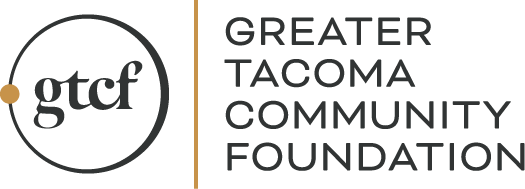
Community
21
2016
In Depth: Impact Investing (Part 5 of 5)
With this article we complete our five-part series on impact investing. The previous articles offered an overview of impact investing, outlined the Greater Tacoma Community Foundation’s interests in the space, and introduced you to our partners, the National Development Council and Craft3. I hope this series has sparked your interest in the subject and our activities. Now, at the start of 2016, I’d like to share our vision for the year ahead.
At the Greater Tacoma Community Foundation (GTCF), we consider our ability to convene and collaborate to be among our most important functions in the community. This is true in the impact investing arena as well. In 2016, We intend to concentrate our impact efforts around field building using these tools.
Local Learning
We have begun discussions with potential partners about convening our community around the topic of predatory lending. We have learned that online lenders are taking a greater and greater share of Pierce County’s loan market, which stands to be a serious threat to our economic sustainability, particularly in the case of a market correction. Alternatives to these lenders exist: community capital may come in the form of crowdfunding, a below market rate loan from a CDFI, or another nontraditional local lender. We want to be sure borrowers are aware of the range of options available. Many of the alternative lenders also provide opportunities for impact investors so the benefits to growing the community capital ecosystem are many.
We are also aware of the increasing numbers of business incubators and accelerators in our region, and will look to collaborate with these platforms to enhance our existing economic empowerment strategies. If you are interested in becoming involved in either of these learning opportunities, please contact me.
Increasing Investment
We will continue our partnership with the Cascadia Foodshed Financing Project (CFFP), which seeks to build a more robust local food system. Through this initiative we have seen the importance of expanding our relationships outside our community in order to bring more resources to the community. One example is a recent grant we made alongside CFFP and the JPMorgan Chase Foundation to Ecotrust, a non-profit based in Portland; we have charged them with conducting a landscape analysis of a segment of our local food system and its impact on living wage jobs, the environment, and the economy. At the completion of this study, we expect the data will allow us to develop a strategy for channeling resources to those areas that need greater support.
We will also continue to participate in cross-sector action groups sponsored by Canopy, a local initiative intending to bring Pacific Northwest investors together to increase the flow of capital to this region. We have already been inspired by this organization’s ability to unite a diverse group of foundations and other investors to uncover investment opportunities and paths for participation.
This is an exciting time for the impact field – new organizations and initiatives, maturing best practices, and an evolving legal framework all contribute to the dynamism of this sector. One thing that is for certain is we can’t even imagine the full range of opportunities 2016 will hold. But we are committed to playing a leadership role with the intention of expanding opportunities for investment, including opportunities for our donors, and bringing new resources to strengthen our community.
If you would like to discuss our impact investing activities in greater detail, please do not hesitate to contact me.
Gina Anstey, VP of Program & Initiatives
gina@gtcf.org
